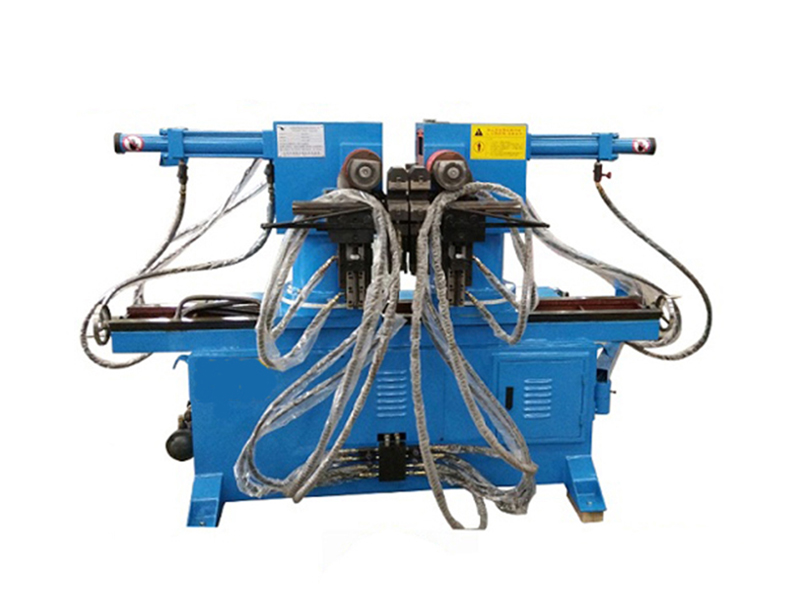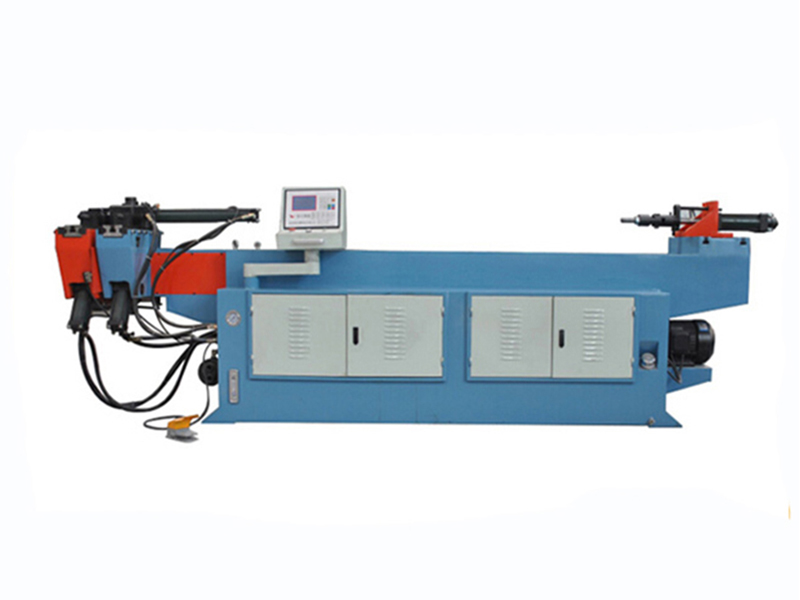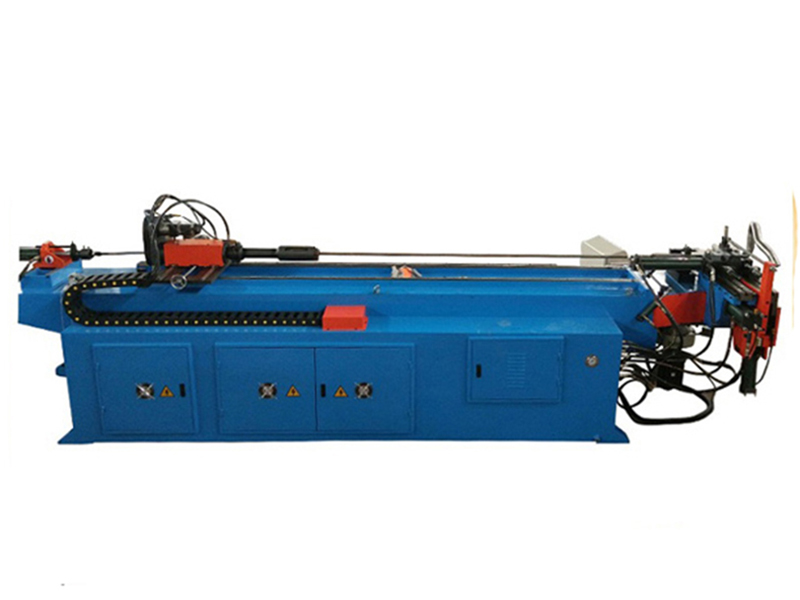In the world of manufacturing, precision and efficiency are paramount. One technology that has greatly contributed to this is Computer Numerical Control (CNC) tube bending machines. These marvels of modern engineering have revolutionized the process of bending tubes with unparalleled accuracy and consistency. Understanding how CNC tube benders function reveals the subtle synergy between computer programming and mechanical accuracy, demonstrating the brilliance that drives their operation.
Before delving into CNC tube benders, it's essential to grasp the fundamentals of tube bending. Tube bending is a manufacturing process used to form pipes and tubing into various shapes, such as curves, angles, and coils, to meet specific design requirements. Traditionally, this was done manually or using hydraulic or mechanical bending devices, which required expert operators and had limitations in terms of repetition and accuracy.
CNC tube benders represent a quantum leap in tube bending technology. They use computer control to accurately adjust tubes based on predetermined parameters, avoiding human error and ensuring consistent output batch after batch. These machines are equipped with several key components that work seamlessly to execute the bending process with unparalleled accuracy.

The computer control system in CNC tube benders serves as the brain behind the operation, orchestrating the entire bending process with precision and efficiency. Modern CNC tube bending machines include user-friendly interfaces that allow operators to enter bending parameters such as bend angles, bend radii, material specifications, and tube diameters. Advanced software then converts these inputs into machine-readable commands, which guide the bending process from beginning to end.
Furthermore, the computer control system enables the storage and retrieval of bending programs, allowing for quick setup and changeover between different tube bending projects. This flexibility is invaluable in environments where production runs are frequent and setup times must be minimized.
The mandrel and wiper die assembly is essential for achieving high-quality bends in tubing, particularly when dealing with thin-walled or delicate materials. The mandrel provides internal support for the tube, preventing it from collapsing or deforming when bending. It typically consists of a slender rod or shaft with a tapered end that fits snugly inside the tube.
On the other hand, the wiper die applies pressure to the tube's outside surface, assuring smooth and consistent bending with no surface blemishes or faults. Together, these components work in tandem to maintain the integrity of the tube's cross-section throughout the bending process, resulting in precise and consistent bend profiles.

The bending head of a CNC tube bender houses the bending tooling responsible for shaping the tube according to the specified geometry. This equipment generally consists of a bend die and a clamp die that work together to deform the tube to the required angle and radius.
The bend die is installed on a rotating arm or carriage and is intended to provide regulated pressure to the tube, forcing it to bend around a set axis. Depending on the complexity of the bend, CNC tube benders may utilize multiple bend dies arranged in a stack configuration, allowing for the simultaneous bending of multiple planes.
Similarly, the clamp die secures the tube in place during the bending process, preventing it from slipping or buckling under pressure. This die may have interchangeable inserts or inserts with customized profiles to fit various tube diameters and shapes.

The feeding and rotating mechanisms of CNC tube benders play a crucial role in controlling the movement of the tube during the bending process. These mechanisms operate together to feed the tube into the machine at the appropriate speed and spin it to the proper angle, resulting in precise and repeatable bends.
The feeding mechanism is often made up of gripper jaws or rollers that firmly hold the tube in place and move it through the bending head at a predetermined rate. This ensures smooth and uniform material flow, minimizing the risk of wrinkles, buckling, or deformation.
Simultaneously, the rotating mechanism rotates the tube about its longitudinal axis, allowing the bending head to form bends in multiple planes. CNC tube benders use servo-driven or hydraulic-powered rotation systems to accurately control the angle and speed of rotation, allowing for the fabrication of complicated bent tube geometries with great precision.
Safety is paramount in manufacturing environments, especially when dealing with powerful machinery like CNC tube benders. These machines are outfitted with a variety of safety measures, including interlocking guards, emergency stop buttons, and safety light curtains, to protect personnel from any risks while operating.
CNC tube benders represent the pinnacle of tube bending technology, offering unmatched precision, efficiency, and versatility in manufacturing applications. AAA Machine is one of the famous CNC machine suppliers and is devoted to offering various CNC machines including CNC tube benders. Contact us for more product details now!
Our main products include pipe cutting machine, aluminum cutting machine, tube bender, machining center and pipe forming machine. We also customize machine or production line for customers.